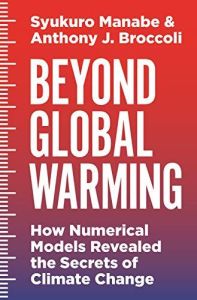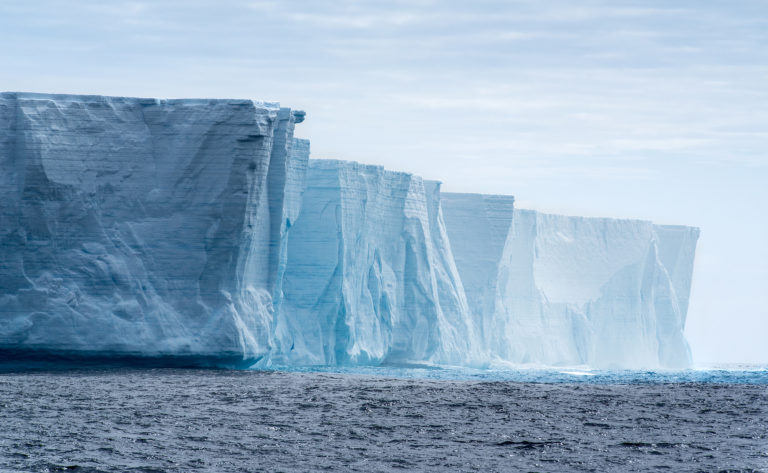Join getAbstract to access the summary!

Join getAbstract to access the summary!
Syukuro Manabe and Anthony J. Broccoli
Beyond Global Warming
How Numerical Models Revealed the Secrets of Climate Change
Princeton UP, 2020
What's inside?
A study of climate modeling that aims at science researchers and scholars.
Recommendation
This history of climate modeling will appeal to scholars. It explores the insights climate models have produced over two centuries. As computing power accelerated in the 1970s and beyond, scientists have deployed increasingly sophisticated models. The most powerful simulate a range of variables, including absorbed and reflected sun rays, CO2 levels, water vapor, cloud cover, and the effect of ice and snow on the atmospheric greenhouse effect. These models prove useful in predicting future climate conditions, depending on emissions and their concentrations in the atmosphere.
Summary
About the Authors
Meteorologist Syukuro Manabe leads Atmospheric and Oceanic Sciences at Princeton University. Professor Anthony Broccoli teaches environmental sciences at Rutgers University.

















Comment on this summary